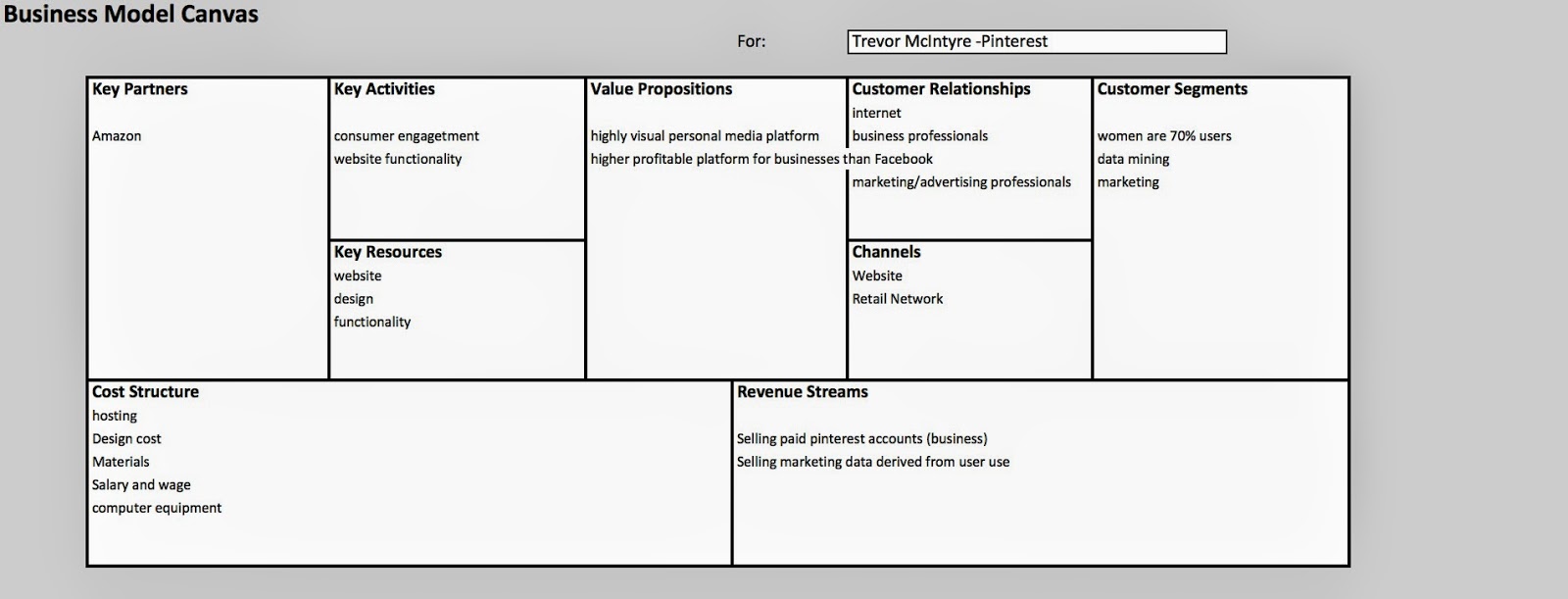Executive Summary - Pinterest
Pinterest was formed in 2004 as a highly visual discovery tool. It quickly gained huge amounts of traffic and attracted lots of users.Since inception, Pinterest has made many upgrades to their site's functionality and has improved the user experience all the while staying true to the core mechanics that made it so popular to begin with.
The Pinterest site now has monetization built in through two major platforms. The first is through selling paid "professional" boards to businesses. These give businesses online storefronts and online catalog functionality that is superior to many social media offerings (such as Facebook) in terms of order size from customers. Also, customers tend to enjoy browsing products on Pinterest over similar competitive offerings.
Pinterest also has unique opportunity in the marketing data business as it collects information on the buying behavior, consumer trends, preferences etc. of its visitors. Marketing data is in high demand and a site with the traffic that Pinterest garners is likely to be able to deliver a feature rich application that excels at helping advertisers make their data more actionable.
I selected a cost structure for Pinterest that I felt best reflected where Pinterest allocates its resources. Site design, structure, functionality, and its programming is where Pinterest spends its cash. Hiring talent especially to improve data marketing support and programming support is reflected in salary and wage.

No comments:
Post a Comment